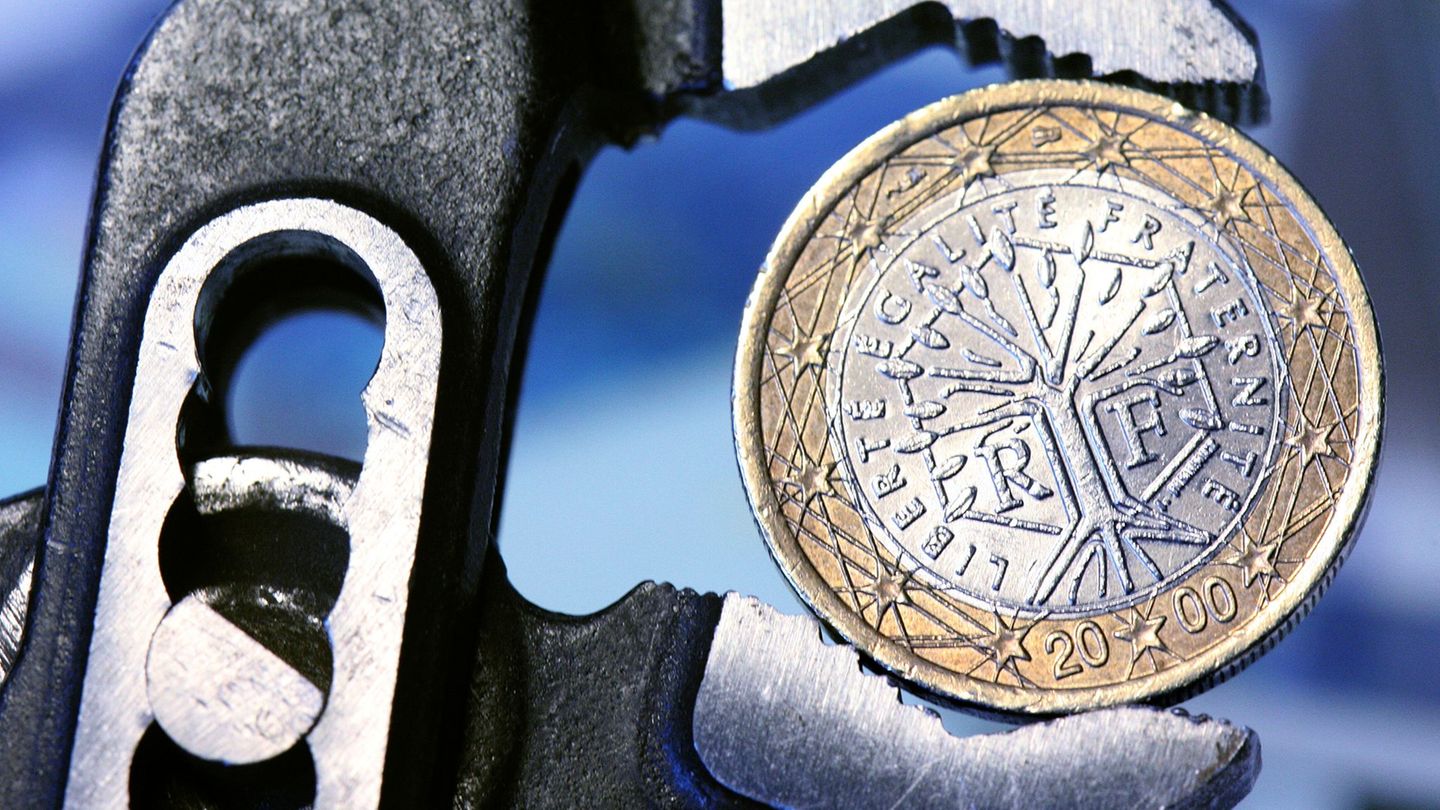The federal government has picked up the pace when it comes to climate protection. Nevertheless, it is not on course for its goal for 2030. According to experts, it is even missing the target much more than the government itself assumed.
The federal government threatens to miss its climate target for the year 2030 – probably more clearly than the federal government itself expects. This is the conclusion reached by the Expert Council for Climate Issues in a statement presented in Berlin on Tuesday. Even if the climate protection program of the traffic light coalition of SPD, Greens and FDP were fully implemented, greenhouse gases would probably be reduced less than predicted, said the chairman of the independent five-member committee, Hans-Martin Henning, on Tuesday in Berlin.
The climate gap
According to the Climate Protection Act, German emissions of greenhouse gases should fall by at least 65 percent by 2030 compared to 1990. The federal government assumes that there will be a remaining gap between 2021 and 2030 of around 200 megatons of CO2 equivalents. The expert council doubts this prognosis. In addition, it remains unclear how the government intends to close the gap. Nevertheless, a “significant contribution” to climate protection can be expected overall, Henning acknowledged.
For better comparability, other greenhouse gases are converted into CO2 equivalents, based on their respective contribution to global warming compared to carbon dioxide.
A puzzle that doesn’t fit together
Henning also criticized an “inconsistent data situation”. This means that no reliable prediction can be made about the overall impact of the climate protection program. This does not comply with the legal requirements. Deputy Chairwoman Brigitte Knopf compared this to a 1000-piece jigsaw puzzle made up of three individual jigsaw puzzles. It is difficult to see an overall picture. The Ministry of Transport puts the CO2 savings through the Deutschlandticket at around 22 megatons, but the Ministry for Economic Affairs and Climate Protection only assumes around 4 megatons. The reason is different assumptions.
blind spots
Germany not only has its own climate protection goals, but also corresponding obligations under EU law. For example, German greenhouse gas emissions are to be halved by 2030 compared to 2005. This is about annual targets for certain areas and the federal government has to explain how it intends to meet them, said Knopf. The experts warned that there would be penalties if they failed to do so. And in the end, climate protection throughout Europe could also suffer.
In its climate protection program, the federal government has set itself the goal of reducing climate-damaging subsidies. “But it is not said exactly how this should be implemented now and what the process should look like,” criticized Button. Suggestions should be made as soon as possible. In addition, the government must explain how it intends to close the remaining gap to its own climate goals.
problem child building
In particular, the areas of buildings and transport are badly off. The experts attest to the federal government’s lack of ambition here. For the building sector, there is therefore a gap of 35 megatons of CO2 equivalents by 2030. Here, too, the Council criticizes the data basis. “We suspect that the assumed greenhouse gas reduction in the building sector will be lower than calculated in the report,” explained Henning. The main reason for this is the changes to the Heating Act, which now provide for longer periods for switching to more climate-friendly heating systems.
problem child traffic
A gap of 117 to 191 megatons of CO2 equivalents remains in the transport sector by 2030. According to the expert council, the uncertainty results from different information from the ministries for economy and transport. Henning noted: “In the transport sector, we see optimistic assumptions, for example with regard to the speed of implementation and financing of the measures, as well as overcoming obstacles to implementation.”
The use of one’s own car, on the other hand, is not addressed, said Knopf. This area is “underexposed” compared to rail and freight traffic. In the case of programs for cycle paths, for example, it remains unclear whether there is also the necessary money for it.
The energy sector, on the other hand, makes an above-average contribution to the overall savings in greenhouse gases.
A reform and its problems
A project by the traffic light coalition of SPD, Greens and FDP that has been heavily criticized by environmental groups is the reform of the climate protection law. In the future, compliance with the climate targets should no longer be checked retrospectively according to various sectors such as transport, industry or agriculture, but should be forward-looking, multi-year and cross-sectoral. In the future, the federal government as a whole should decide in which sector and with which measures the permissible total amount of CO2 is to be achieved by 2030 – but only if the target is missed two years in a row.
But then a common course must also be ensured, according to the expert council. German emissions trading offers one possibility. Participating companies must show rights to CO2 emissions, so-called certificates. Their prices are fixed and are currently increasing every year, for 2026 there is a corridor. This development is also making the use of fossil fuels for heating or driving more expensive for private individuals and is intended to promote the switch to more climate-friendly alternatives.
An upper limit for CO2 certificates is planned from 2027, the price should be free. Experts think this date could be brought forward. But that should be socially cushioned. One possibility would be the climate money planned by the traffic light coalition, with which government revenue from the CO2 price should flow back to the citizens. However, a system for this should not exist until 2025.
Source: Stern
I have been working in the news industry for over 6 years, first as a reporter and now as an editor. I have covered politics extensively, and my work has appeared in major newspapers and online news outlets around the world. In addition to my writing, I also contribute regularly to 24 Hours World.




